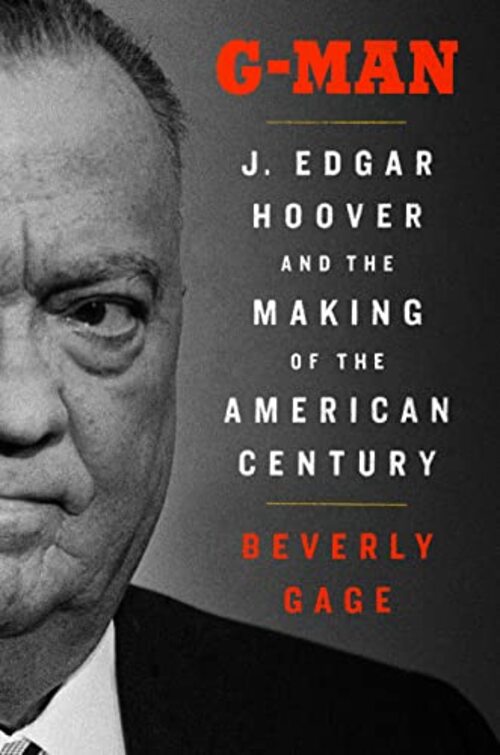

Purchase
J. Edgar Hoover and the Making of the American Century
Mobile betting India
Viking
December 2022
On Sale: November 22, 2022
752 pages
ISBN: 0670025372
EAN: 9780670025374
Kindle: B09R6SYF8G
Hardcover / e-Book
Add to Wish List
Non-Fiction Political | Non-Fiction Biography
We remember him as a bulldog--squat frame, bulging wide-
set eyes, fearsome jowls--but in 1924, when he became
director of the FBI, he had been the trim, dazzling
wunderkind of the administrative state, buzzing with energy
and big ideas for reform. He transformed a failing law-
enforcement backwater, riddled with scandal, into a modern
machine. He believed in the power of the federal government
to do great things for the nation and its citizens. He also
believed that certain people--many of them communists or
racial minorities or both-- did not deserve to be included
in that American project. Hoover rose to power and then
stayed there, decade after decade, using the tools of state
to create a personal fiefdom unrivaled in U.S.
history.
Beverly Gage’s
monumental work explores the full sweep of
Hoover’s life and career, from his birth in 1895 to a
modest Washington civil-service family through his death in
1972. In her nuanced and definitive portrait, Gage
shows how Hoover was more than a one-dimensional tyrant and
schemer who strong-armed the rest of the country into
submission. As FBI director from 1924 through his death in
1972, he was a confidant, counselor, and adversary to eight
U.S. presidents, four Republicans and four Democrats.
Franklin Roosevelt and Lyndon Johnson did the most to
empower him, yet his closest friend among the
eight was fellow anticommunist warrior Richard Nixon.
Hoover was not above blackmail and intimidation, but
he also embodied conservative values ranging from
anticommunism to white supremacy to a crusading and
politicized interpretation of Christianity. This garnered
him the admiration of millions of Americans. He stayed in
office for so long because many people, from the highest
reaches of government down to the grassroots, wanted him
there and supported what he was doing, thus creating the
template that the political right has followed to transform
its party.
G-Man places Hoover back
where he once stood in American political history--not at
the fringes, but at the center--and uses his story to
explain the trajectories of governance, policing, race,
ideology, political culture, and federal power as they
evolved over the course of the 20th century.
Comments
No comments posted.
Registered users may leave comments.
Log in or register now!
| 


 © 2003-2025 off-the-edge.net
all rights reserved Privacy Policy
© 2003-2025 off-the-edge.net
all rights reserved Privacy Policy